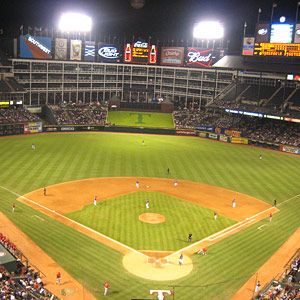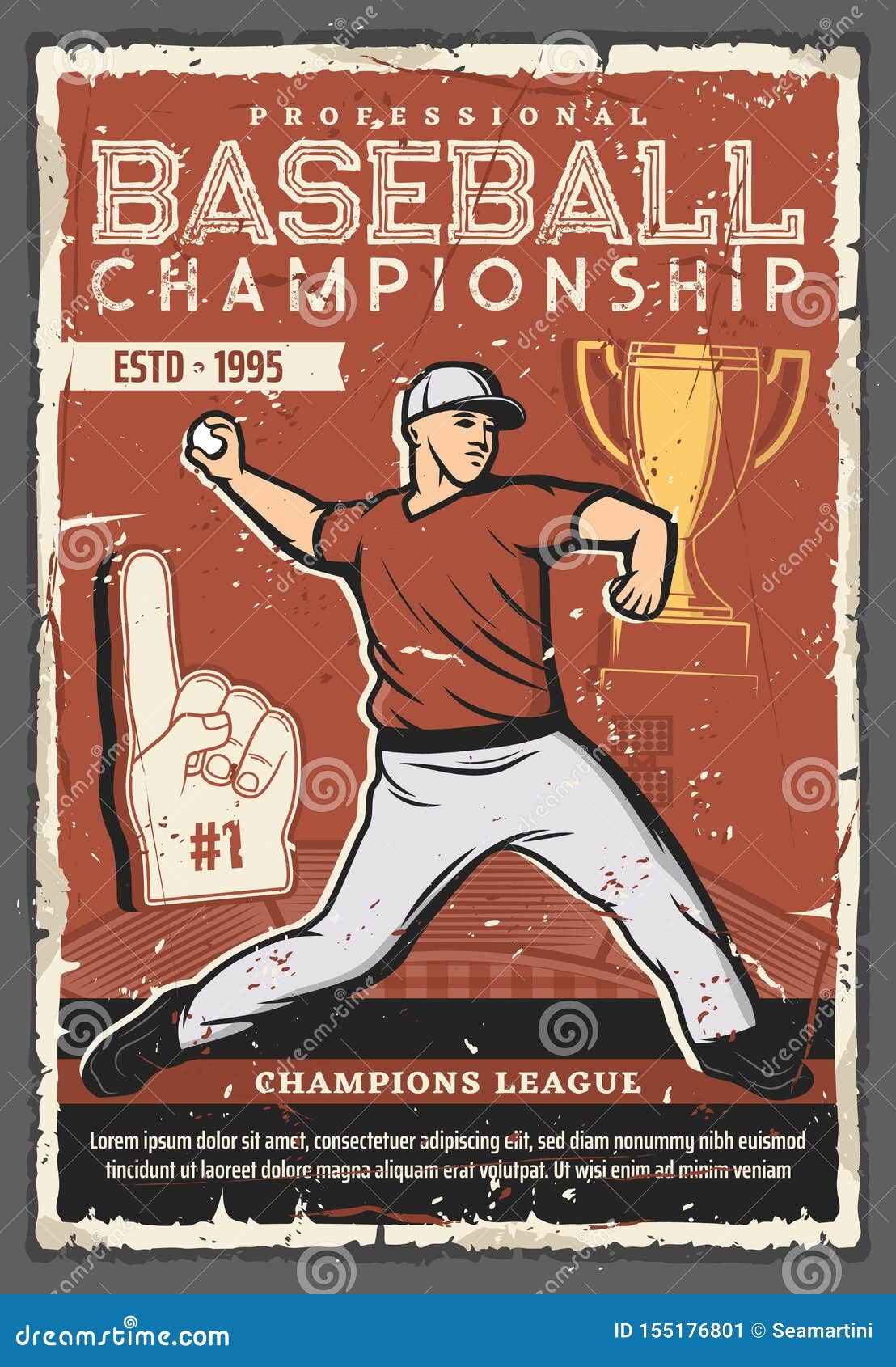

In the domes, artificial turf and a climate-controlled interior devoid of sunlight only worked to detract from the experiences of fans (and players). The vast size of the stadiums meant that a number of seats remained empty during games, and the shape prevented seats from being close to the playing field. The multipurpose stadiums were particularly ill-suited for baseball because they failed to provide a satisfying fan experience. To mitigate further damages (and prevent nonpaying fans from watching the game), the Red Sox built the legendary Green Monster – a 37-foot wall in left field.Ĭoncrete sprawl: an aerial view of Houston’s Astrodome – once dubbed the ‘eighth wonder of the world’ – and its adjacent parking lots. For example, at Boston’s Fenway Park, the proximity of the outfield to the neighboring street resulted in broken windows. When wooden ballparks were first built to house baseball teams, they were often inserted into the existing urban fabric of the downtown areas, where fans could easily gain access by foot or public transportation.īecause stadiums needed to fit within the city’s existing street layout, fields were asymmetrical and filled with quirks. Starting with the design of the Baltimore Orioles’ ballpark, the architectural firm Populous has led the charge to transform the experience of going to a game. But unlike attending other live sporting events – where the game is the main attraction – ballparks offer family-friendly entertainment in addition to the on-field product.Īnd here’s where stadiums – and their design – have taken on an increasingly important role in the popularity and sustainability of the sport. The national media’s relatively light coverage of the sport (most games are shown on regional networks) suggests that this downward trend in national viewership will continue.īut other data tell a different story: baseball still boasts the highest total attendance of any sport in the world.
#Baseball stadium design game series
In 2012, only 12.7 million people watched the World Series on television – the smallest audience since Nielson Media Research began tracking viewers in 1973. Others have pointed to the game’s sluggish pace: just within the past 10 years, the length of games has increased from an average of 2.85 hours per game in 2004 to to an average of 3.13 hours in 2014 (though MLB Commissioner Rob Manfred has begun to address these concerns). This coincided with the start of the steroid era, when a number of high-profile stars were found guilty of taking performance-enhancing drugs.

Over the past three decades, baseball fans have experienced their fair share of disappointments, particularly in the wake of the 1994 players’ strike.

With the growing popularity of basketball and football among America’s youth, it appears as though the golden years of the nation’s pastime have come and gone.


 0 kommentar(er)
0 kommentar(er)
